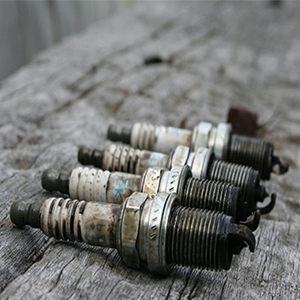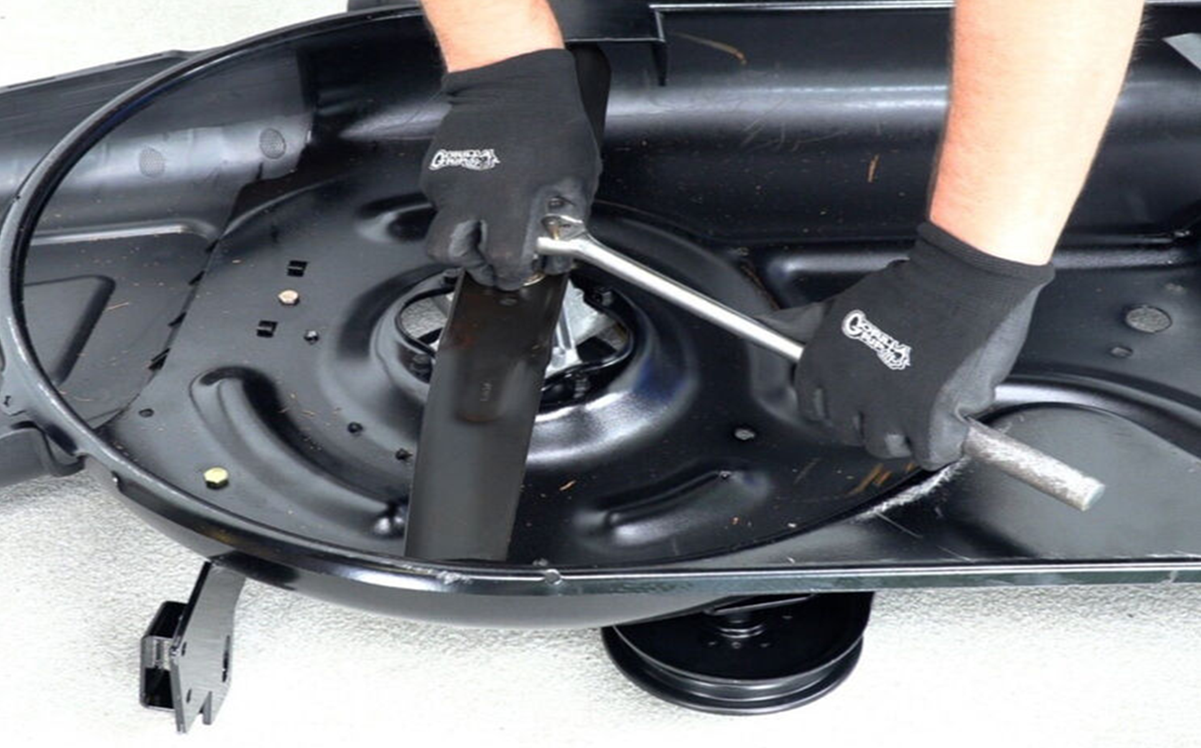


Preparation
Ensure the ride-on mower is turned off, the engine is cool, and the spark plug wire is disconnected to prevent accidental startup. Put on safety gloves to protect your hands during the blade replacement process.
Positioning the Mower
Park the ride-on mower on a level surface and engage the parking brake to secure it in place. Set the cutting deck to the highest position to provide ample space for accessing and removing the blade.
Removal of the Old Blade
Locate the blade mounting bolts or nuts that secure the blade to the spindle assembly underneath the cutting deck. Using a socket wrench or an appropriate tool, loosen and remove the mounting bolts or nuts that hold the blade in place. Take note of the orientation of the blade for proper installation of the new one.
Blade Inspection
Before installing the new blade, take a moment to inspect the spindle assembly and surrounding components for any signs of damage or excessive wear. If any issues are detected, address them before proceeding.
Installing the New Blade
Place the new blade onto the spindle assembly, ensuring that it matches the orientation of the old blade.
Thread the mounting bolts or nuts back onto the spindle and tighten them securely. Refer to the manufacturer's recommended torque specifications if available. Double-check that the blade is properly seated and aligned with the cutting deck.
Testing and Adjustments
Once the new blade is installed, reconnect the spark plug wire.
Lower the cutting deck to your desired cutting height. Start the mower and engage the cutting deck to ensure that the blade is rotating smoothly without any wobbling or vibrations.
If necessary, make any adjustments to the blade's position or the cutting deck to achieve the desired cutting performance.
Remember to consult your ride-on mower's manual for any specific instructions or precautions provided by the manufacturer. Additionally, always prioritize your safety and take the necessary precautions when working with machinery.
If you're uncertain or uncomfortable with any part of the process,
it's advisable to seek assistance from a professional or a qualified technician.
Belt
By: Zoe Bateman on 22 December 2024Hi there just wondering if you guys would have a belt for a Viking Model number is 425621X53A Make is a Viking